10 Separatist Movements in Africa
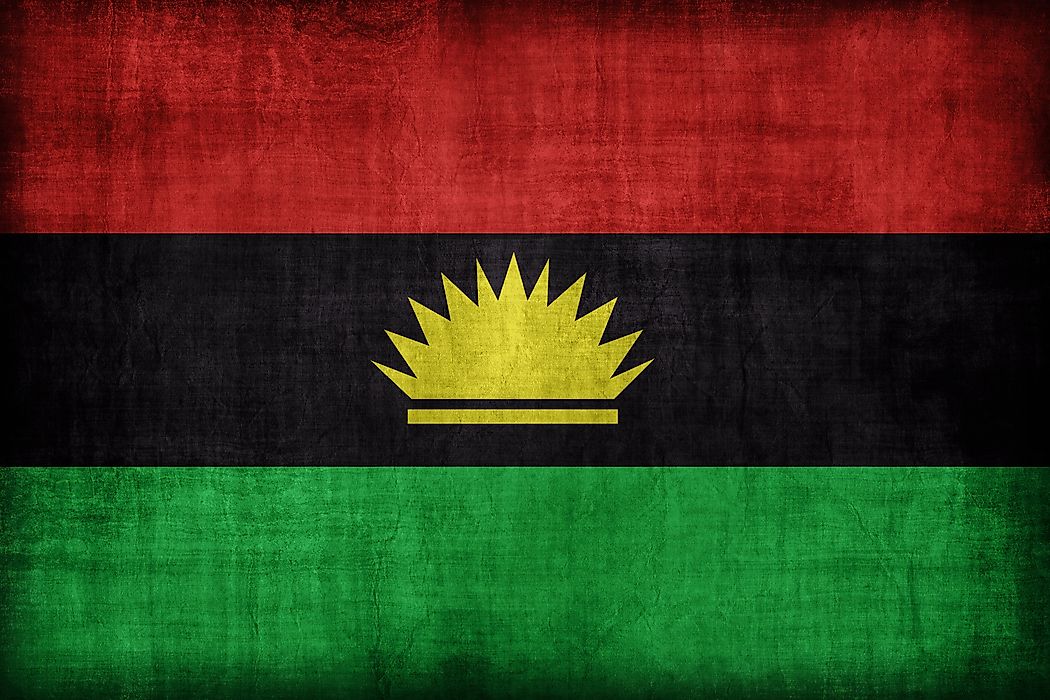
Separatism refers to the advocacy of a separation from the larger group, often, though not always, for reasons that are ethnic, religious, cultural, gender, or racial. When separatism involves countries it is also known as secession. Separatist movements mostly want the freedom to self-govern. Political and economic circumstances are mostly the driving factor behind separatist movements. There are several separatist movements around the world looking for separation due to some factors. The largest separatist movements currently happening in Africa are outlined below.
10. Bioko
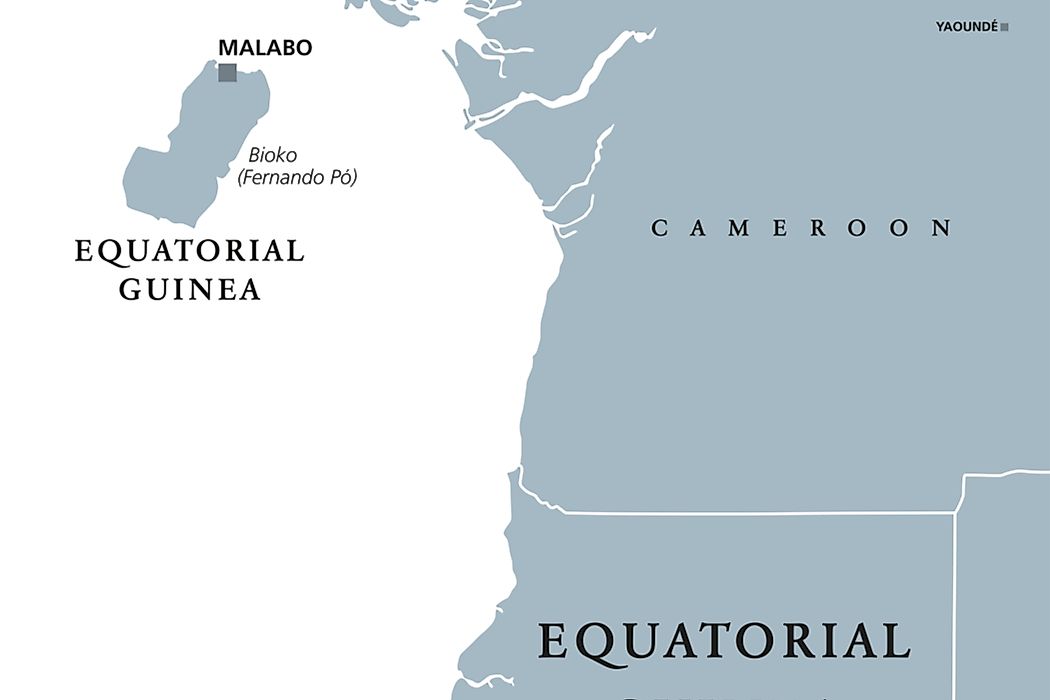
Bioko is an island located in the northern part of Equatorial Guinea in the Gulf of Guinea and covers an area of 779 square miles. 58% of the population is made up of the Bubi community. The movement for the self-determination of the Bioko Island is a proscribed political organization that wanted secession of Bioko Island from Equatorial Guinea. The movement was founded in 1993, and it originated from the Union Bubi. Honorato Maho Chuaha is the leader. The Union Bubi existed during the colonial period and wanted separation of Bioko Island, from Equatorial Guinea. The main reason behind this is that Equatorial Guinea is largely inhabited by the Fang ethnic group. The Bubi, a minority group, felt the Fang would marginalize them as they were greatly outnumbered. The movement operates discreetly as it is outlawed in the country.
9. Zanzibar
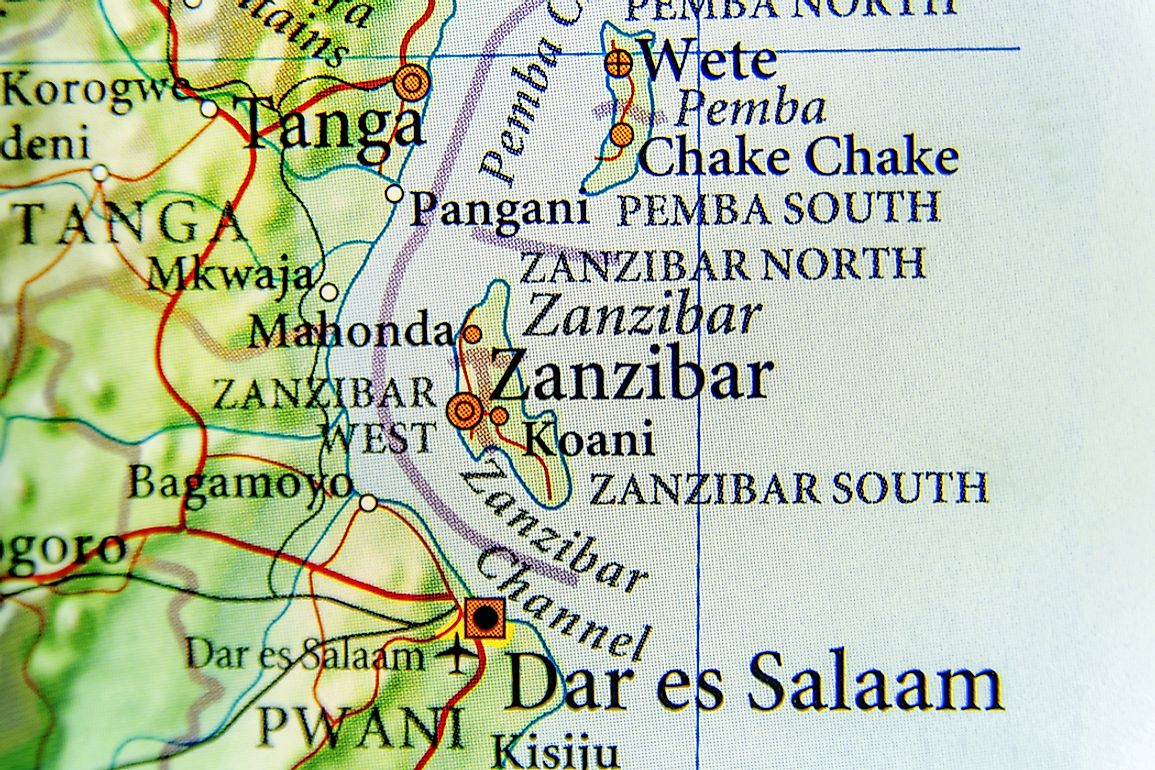
Zanzibar is a semi-independent group of islands located in Tanzania, East Africa. The region is made up of several islands. The three main islands are: Ugunja (the island mainly known as Zanzibar), Pemba, Latham, and Mafia Island. Zanzibar united with Tanganyika in 1964 to form the United Republic of Tanzania but Zanzibar remains semi-independent from Tanzania. The Association for Islamic Mobilization and Propagation (Uamsho) is an active Islamic group seeking to separate Zanzibar from Tanzania. Uamsho was registered in 2001 as a non-governmental organization seeking to have Zanzibar as a fully independent island and to restore Islamic laws and way of living on the island. The group’s leader is Farid Hadi Ahmed. Uamsho has recently been accused of turning into a political group and spreading hatred among the people of Zanzibar.
8. Rwenzururu
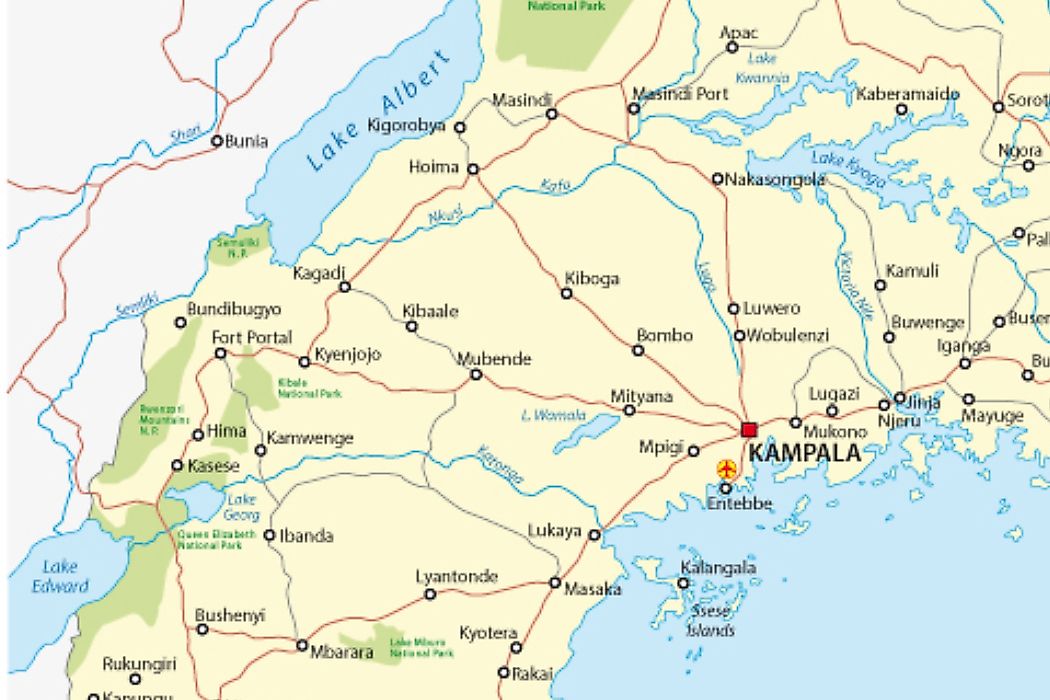
Rwenzururu kingdom is located in the Rwenzori Mountains in Western Uganda. The Amba and Konjo people occupy the kingdom. The kingdom was named Rwenzururu after the movement that fought for its separation. During British rule in the 20th century, the kingdom was merged with the Toro kingdom. The Amba and Konjo wanted separation from the Toro kingdom but this was denied leading to guerrilla warfare which lasted after independence. The Rwenzururu fighters were subdued for a while from 1964 until 1979 when they came up again. The Amba and Konjo people wanted a separate kingdom away from Uganda but talks with the Uganda government led to official recognition of the Rwenzururu kingdom on March 17, 2008.
7. Darfur
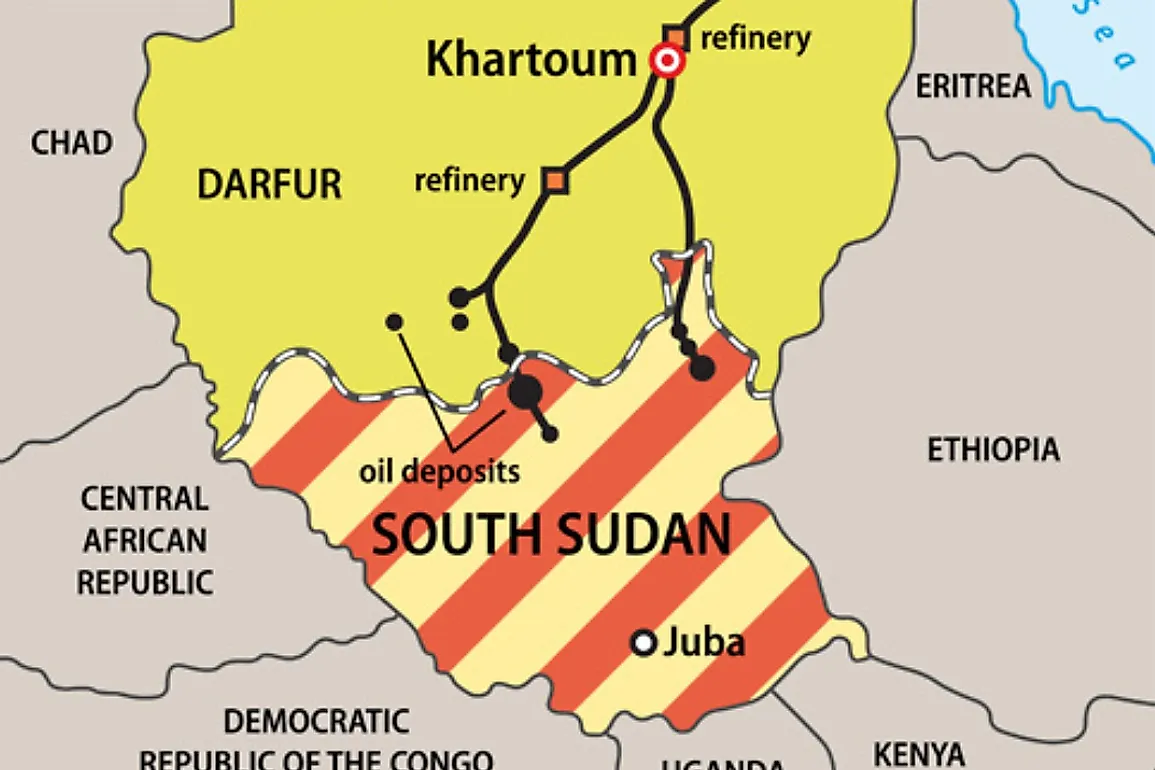
Darfur is located in the west of Sudan. The region was independent and was led by a sultan until 1916 when the United Kingdom and Egyptian colonial rule merged it with Sudan. Conflict in Darfur escalated in 2003 with the non-Arab rebels of Darfur, Darfur Liberation Front, fighting the Sudan government. The rebels claim the Sudan government was subduing the non-Arab population of Zaghawa, Masalit, and Fur in Darfur. Today the Darfur Liberation Front is known as the Sudan Liberation Movement. There have been peace talks between the movement officials and the government of Sudan with Darfur anticipating to become self-governing or have a vice president to head the region, but none has come to fruition and war still rages in Darfur.
6. Canary Islands
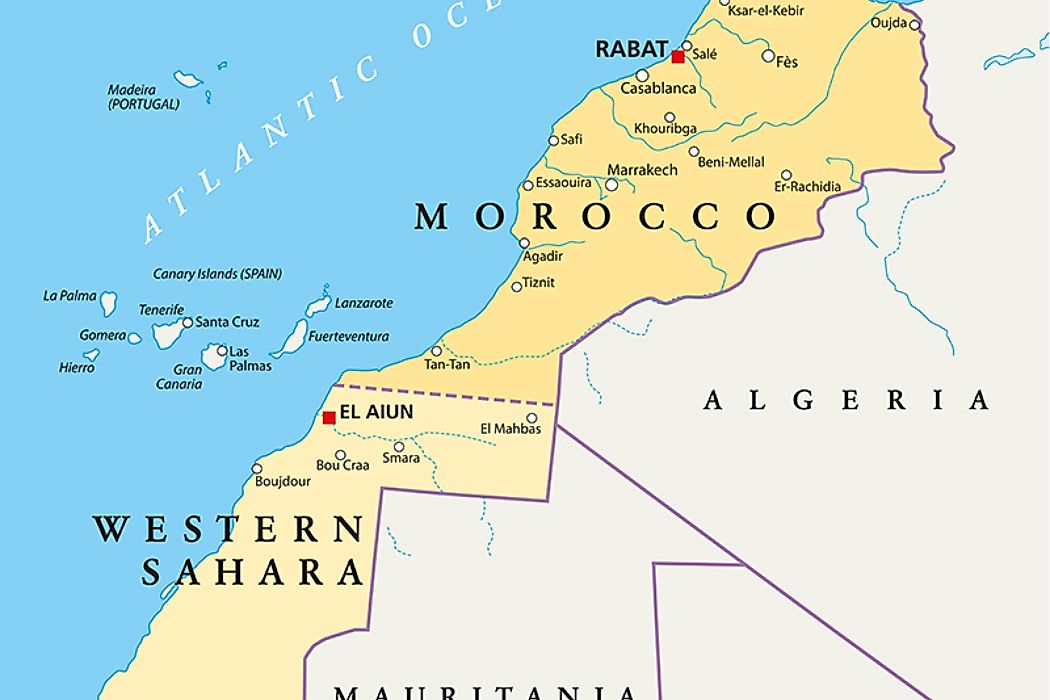
The Canary Islands are a self-governing community of Spain found on the Atlantic Ocean. The islands consist of several main islands and smaller islands. The international frontier of the Canaries has been the cause of discourse between Morocco and Spain. The islands were granted self-governance by Spain in 1982. There are several active political groups in the Canaries calling for the separation of the Canary Islands from Spain to be a self-governing state. The groups included in the island include the Popular Front of the Canary Islands (FREPIC-AWANAK) (1989), Altanativa Nationalista Canaria (2006), Alternativa popular Canaria (2002), Unidad del Pueblo (1998), and Inekaren (2008).
5. Somaliland
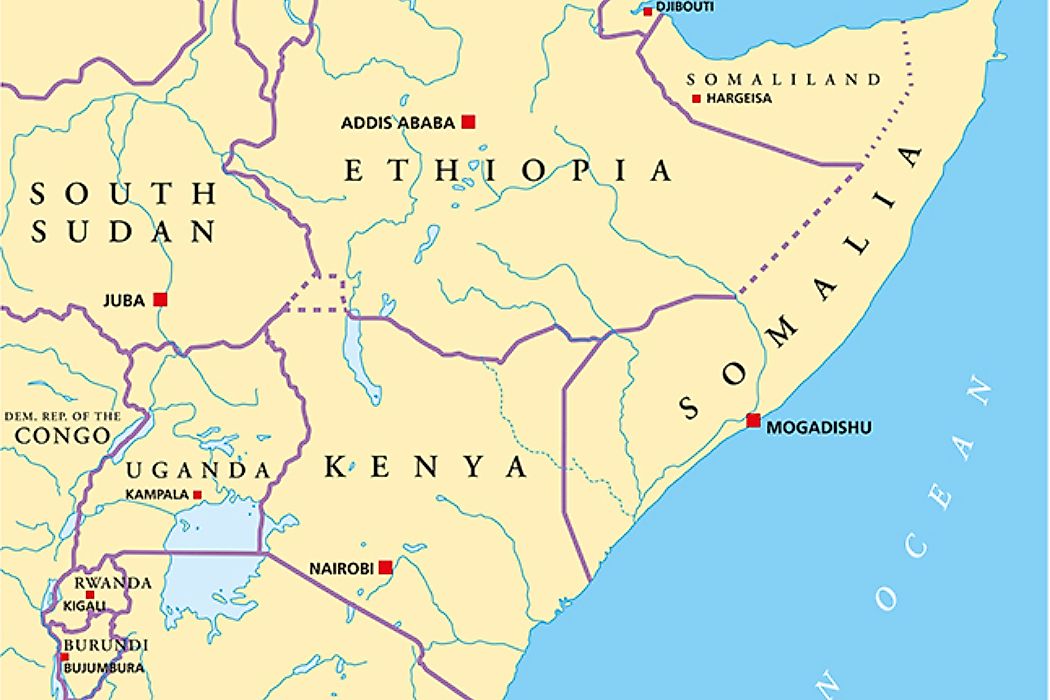
Somaliland is a self-governing region of the Republic of Somalia. The region has an area of 68,000 square miles and a population of about four million people with Hargeisa as the capital city. On May 18, 1991, the state declared independence from Somalia. Somaliland was formed by the Somali National Movement and other militia groups who felt that the Isaaq clan were marginalized and slaughtered in 1988 during the Barre rule of Somali. The region has a government and an army, the Somaliland National Armed Forces. The President of Somaliland is Ahmed Mohamed Mohamoud.
4. Western Cape
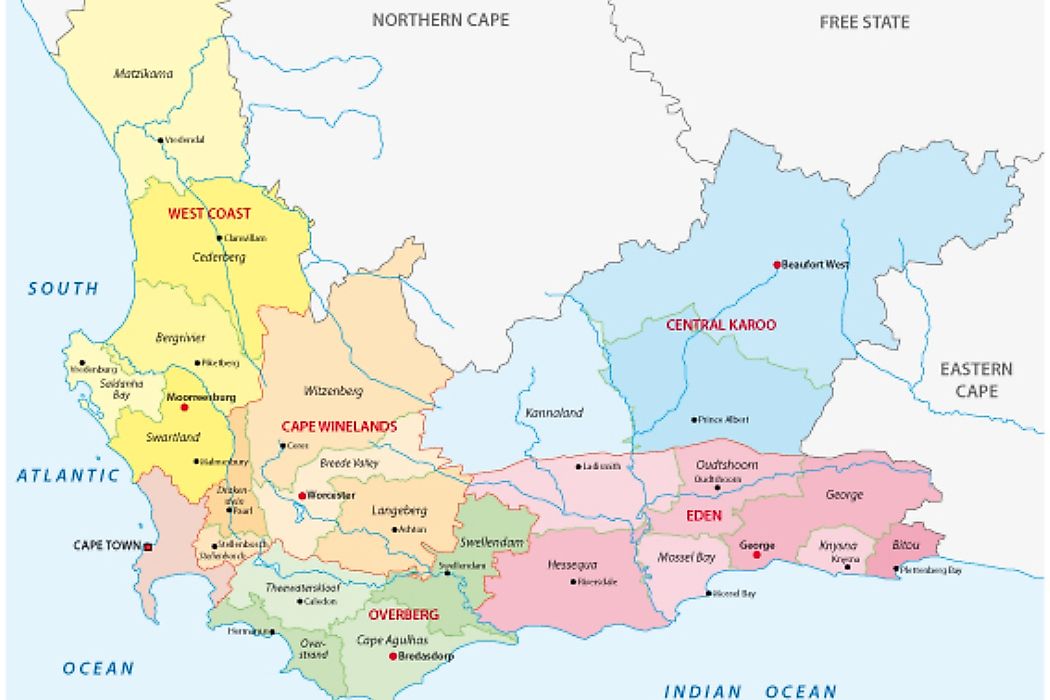
Western Cape is one of the nine provinces of South Africa with a land area of 49,981 square miles. The population in 2017 was estimated at 6.5 million people. The capital of the region is Cape Town. The Cape party is a political party advocating for the independence of the Western Cape from South Africa. The party was formed by Jack Miller in 2007 and holds that the Western Cape people are linguistically and culturally different from the other people of South Africa so they deserve to be independent as per section 235 of the constitution. The Western Cape has been a region of several uprisings opposing apartheid rule. The party has been actively calling for secession and has been largely gaining support from the locals.
3. Casamance
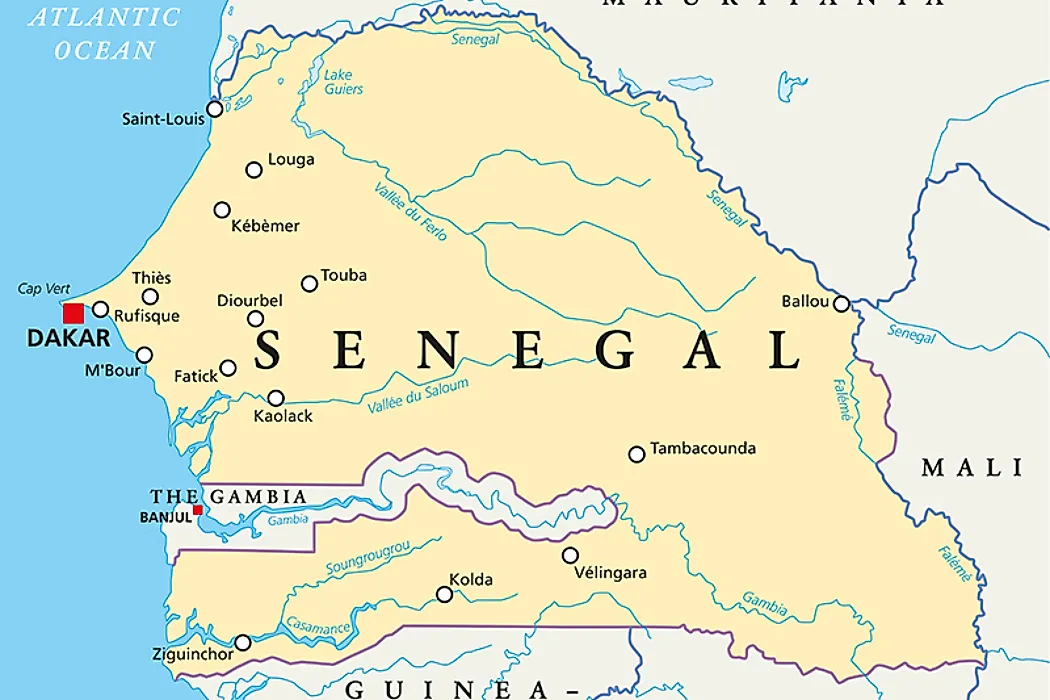
Casamance is a territory in Senegal south of Gambia that includes the Casamance River and is largely populated by the Diola people. The Diola are a minority ethnic group in Senegal who wanted independence from Senegal as they felt they were being economically sidelined. In 1982, the Movement of Democratic Forces of Casamance advocating for cessation was formed. As from 1990, there has been an active movement by the forces to separate Casamance from Senegal.
2. Biafra

Biafra was a West African state made up of Eastern Nigeria States claiming secession from Nigeria. After independence, Nigeria was divided into the North, with a population was predominantly Muslim, and the South, where the population is mostly Christian. The South was further divided into the East, occupied by the Igbo and the West which was occupied by the Yoruba. Biafra existed from May 30, 1967, to January 1970, and was mostly inhabited by the Igbo. The Igbo wanted secession due to ethnic, cultural, and economic tension between different Nigerian ethnic groups. On January 15, 1970, Biafra merged back with Nigeria. In 2012 there has been a rise of groups like the Indigenous People of Biafra, Biafra Zionist Movement, with Benjamin Onwuka as the leader, and the Biafra Rebirth, advocating for the re-separation of Biafra. The ethnic groups supporting the separation are the Igbo, Ijaw, Ibibio, and Annang. The Movement for the Actualization of the Sovereign State of Biafra is an active political party with Ralph Uwazuruike as the leader. The party is divided into the Biafra shadow government and the Biafra government in exile and declares to be a peaceful movement aiming for the re-separation of Biafra.
1. Western Sahara
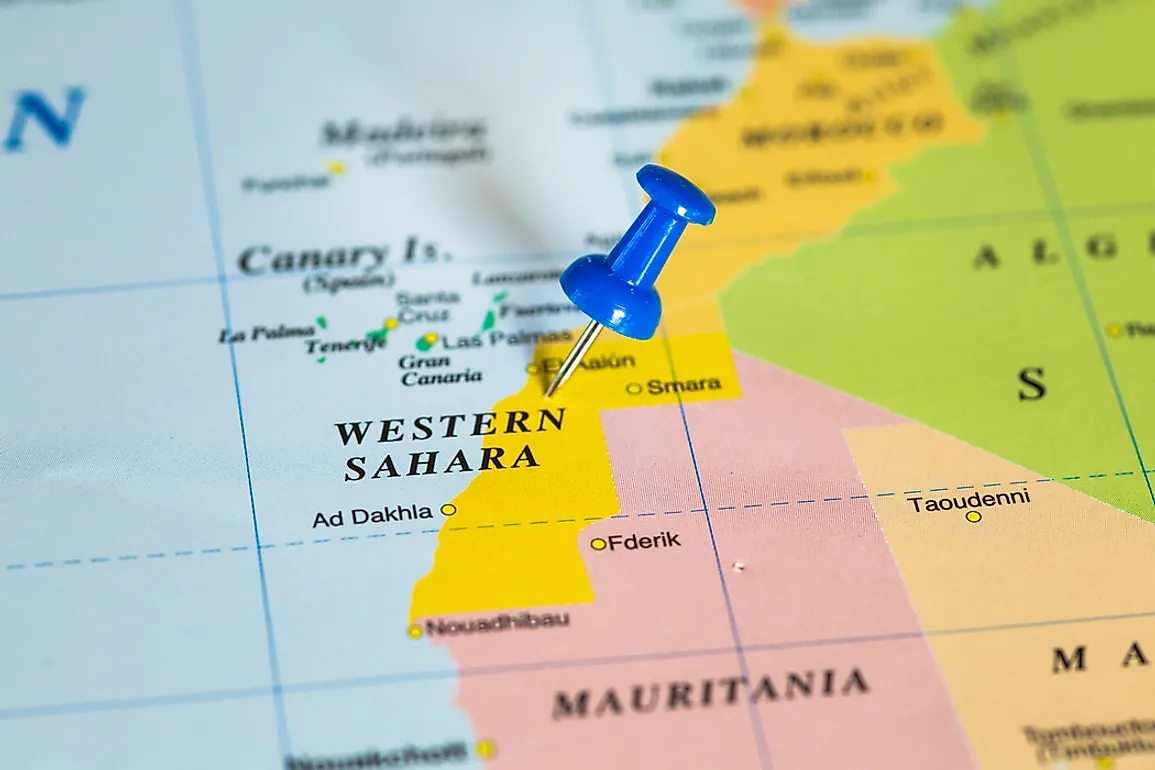
Western Sahara is a desert region located in North Africa in the Maghreb region, between Morocco and Mauritania. It is an area of conflict between Morocco and the Sahrawi rebels. Western Sahara is partly occupied by Moroccans (two thirds) and partly administered by the Polisario Front. The region was once a Spanish colony and on November 14, 1975, Spain signed an agreement with Mauritania and Morocco to transfer administration of the region to both countries. Morocco acquired the Northern two-thirds of the region and Mauritania the remaining third in the South. Sahrawi, the ethnic group in the region, resisted the invasion, and in 1979 Mauritania left then Morocco took control of the whole region. The Polisario Front was founded on May 10, 1973, by El-Ouli Mustafa Sayed. The front has been actively fighting for the independence of Western Sahara from Morocco and is considered the legal representative for the Sahrawi people. In the 1980s, Morocco built a sand wall around the economically productive part of the region, manned by the Moroccan army to keep the Polisario rebels out. The Sahrawi Arab Democratic Republic is the remaining part controlled by the Polisario Front.











